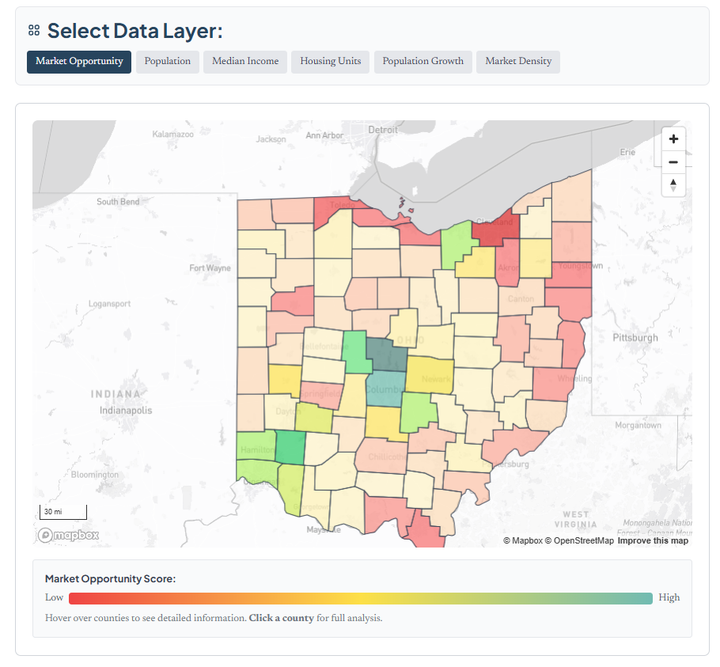How to Choose the Right Tech Stack for Your Growing Business

Striking the right balance between cost, efficiency, and scalability can feel like threading a needle. From custom-built solutions to ready-made SaaS tools, the choice isn’t easy. But the right tech stack can empower your business to grow smarter and faster. Which option fits your goals? Discover now!
The Dilemma: Custom vs. Off-the-Shelf
Business owners often wonder whether to invest in custom-built software or opt for a SaaS (Software as a Service) platform. On one hand, a custom solution promises flexibility and can be tailored to unique operational needs. On the other hand, SaaS solutions are quick to implement, budget-friendly, and supported by ongoing vendor updates.
Pros of Custom Software
- Tailored Functionality: Built specifically to match your workflows and processes.
- Scalability: Can evolve in tandem with your business growth.
- Competitive Advantage: Unique features can set you apart from competitors.
Cons of Custom Software
- Higher Initial Costs: Building from scratch demands specialized developers and thorough quality assurance.
- Longer Development Time: Requires significant planning, testing, and refinement.
- Maintenance & Upgrades: All ongoing upkeep typically falls on your team.
Pros of SaaS Platforms
- Lower Upfront Costs: Usually subscription-based with predictable monthly or annual fees.
- Fast Implementation: Minimal setup time, allowing you to get up and running quickly.
- Automatic Updates: The provider handles security patches and feature enhancements.
Cons of SaaS Platforms
- Limited Customization: You’re often constrained by the platform’s preset features.
- Data Portability Concerns: Switching vendors can be complicated if you outgrow your current system.
- Ongoing Subscription Fees: Costs can accumulate over time, especially as your user base grows.
Evaluating ROI on New Tools
1. Define Clear Objectives
Identify what you want to achieve—whether it’s automating repetitive tasks or providing customers with new features.
2. Quantify the Benefits
Estimate potential time savings, productivity gains, and revenue bumps. Weigh them against the total cost of ownership.
3. Consider the Long-Game
A cheap solution now might turn pricey if it requires multiple add-ons or can’t handle future growth. Factor in scalability to avoid re-platforming later.
Common Mistakes to Avoid
- Ignoring Total Cost of Ownership – Don’t get tunnel vision on initial price tags; consider ongoing subscriptions, upgrades, and manpower.
- Failing to Involve End-Users – Seek input from your team to ensure the chosen tool actually improves day-to-day operations.
- Neglecting Integration Needs – New software must fit into your existing ecosystem. Overlooking API compatibility can lead to data silos.
- Rushing Implementation – Even the best solution can stumble if not rolled out with proper training and gradual adoption plans.
Your Next Steps: Decision-Making Worksheet
Before diving into a new tech stack, create a simple worksheet comparing your top options side by side. Document:
- Core Features
- Cost (Initial & Ongoing)
- Team Feedback & Training Requirements
- Integration & Scalability
Rank each option on these criteria. This structured approach will help you make an informed and confident decision.
Conclusion & Call to Action
Choosing between custom-built software and off-the-shelf SaaS is all about aligning technology with your unique business goals. By clearly defining your needs, calculating potential ROI, and planning for the long term, you’ll be set to pick a stack that truly supports growth.
Ready to make a decision and need personalized guidance?
Get in touch with us today and let’s work together on your decision-making worksheet or a custom recommendation guide. Don’t gamble on your business software—invest in a solution that drives results.



Comments ()